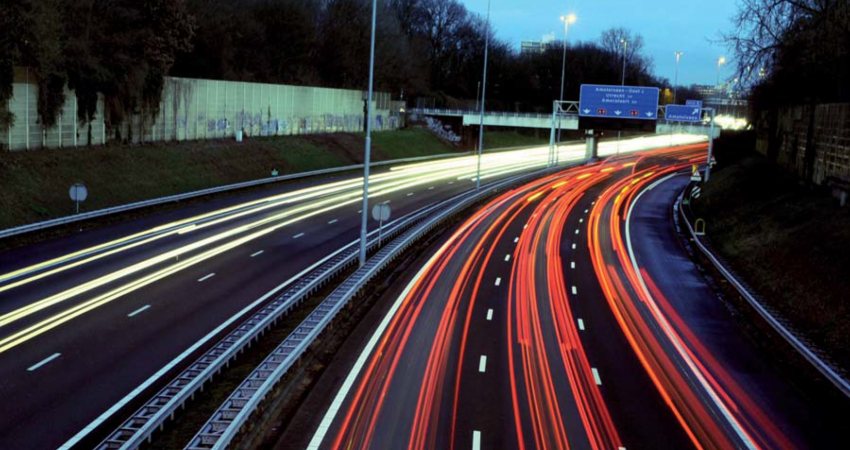
Downloads
Downloads
-
Download Converging roads
Report
-
Download message to parliament regarding Converging roads
Message to parliament
Summary
The self-driving car is on its way, but just what do we mean by ‘self-driving’? Are we talking about autonomous robot cars or cooperative cars? The Dutch government has been promoting cooperative cars for several years.
Because they can drive in platoons, they are expected to contribute to road safety as well as reducing congestion and environmental pollution. Recently, robot cars have become more important in Dutch policymaking. But because platooning is not possible with robot cars, their contribution to reducing congestion and cleaner mobility is limited.
This study aims to clarify the different innovation approaches of the self-driving car. It shows that the two approaches – cooperative systems and autonomous robot cars - raise different governance issues and social questions. To benefit from previous investments and achieve Dutch policy goals, the Netherlands should aim for convergence, and integrate the robot car with the existing approach towards cooperative systems. On the one hand, that requires robot cars that fit in with the cooperative communication structure. On the other, it means that cooperative systems should be made more effective by using the smart technology of robot cars.
Recommendations
- Autonomous or cooperative cars?
Make a clear distinction in policy between the two innovation approaches for the self-driving car: autonomous robot cars and cooperative cars.
- Continue developing cooperative systems
Continue the Dutch cooperative approach because of the benefits for congestion reduction, safety, and the environment, as well as the opportunities for Dutch industry. This requires:
• public-private cooperation to enable communication between cars and between cars and road infrastructure;
• consolidation of the Dutch position as a leading country in vehicle testing (see the memorandum to the Dutch House of Representatives regarding ‘large-scale testing of self-driving cars’, 16 June 2014, No. 31305-210);
• optimal investment conditions, from fiscal and legal perspectives.
- Set conditions for the robot car
Ensure that the autonomous robot car also becomes a ‘connected’ vehicle by imposing conditions for vehicle communication and by active involvement in developing international standards.
- Regulate mobility data
Create an agenda for issues raised by data-driven mobility, for example privacy, the protection, ownership and management of data, and the reuse of data (for example in law enforcement).
- Involve stakeholders
Ensure participation of the public and civil-society in the innovation process so that the self-driving car becomes socially accepted.
